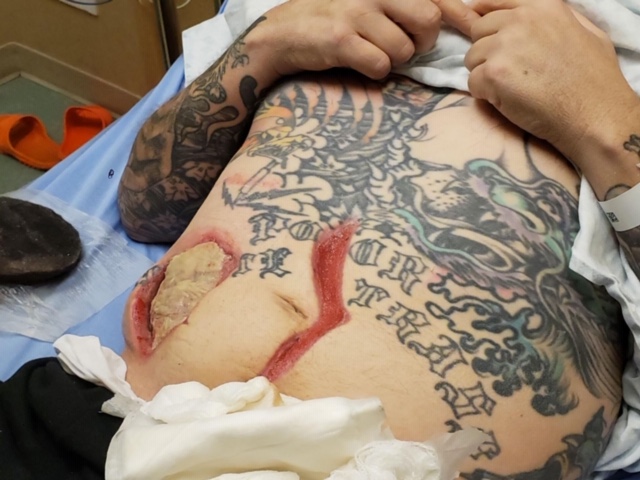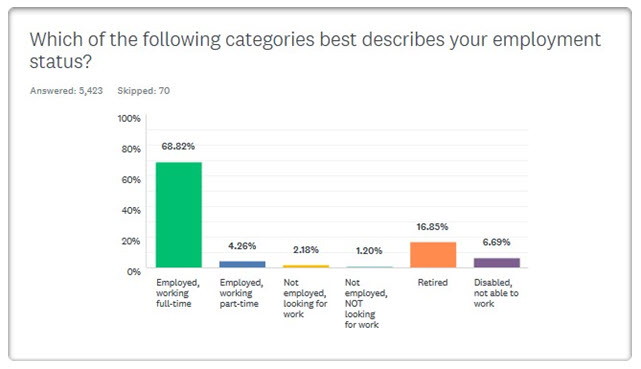Safety and Awareness – Counter Steering
Counter Steering
You know if you want your motorcycle to turn, you have to make it lean. And that is true for all single track vehicles from bicycles to wheelbarrows. Now at slow speeds we use a technique called counterweight turns and direct steering to make the machine turn in a nice tight radius, but we have been discussing road speed turns, which requires a different technique called countersteering
We have all heard riders say, “I just lean my body in the direction I want to go and the bike turns” Well, yes it does, however if you do this the bike first countersteers itself then begins to lean into the turn. This technique sometimes called peg weighting is still taught in one performance school I can think of, but if you ever have the opportunity to attend the California Superbike School, Keith Code has a bike set up to disprove the effectiveness of this technique. In reality it is impossible to consistently and effectively control the lean of a motorcycle in a road speed turn without countersteering, so let’s talk about it.
Basically countersteering is the process of applying forward pressure to the handlebar on the inside of a turn. If you want to turn left, a little forward push on the left handlebar end will immediately cause the bike to lean left. At road speeds you should lean with the bike, or even better lean to the inside of the centerline of the bike and enjoy the ride. It’s almost effortless since it only takes a few pounds of pressure to make the bike lean, but how does it work? As we have discussed I am no physicist but I can give you an analogy.
When you were a child you probably at some time tried to balance a broomstick or maybe a baseball bat on its end. If you did so while walking forward you were a lot more coordinated than I was, and you probably also learned that if you turned while performing this feat, the broomstick would fall to the outside. After some trial and error you likely found that if you moved the bottom of the broomstick to the outside of your turn the top of the broomstick leaned to the inside and would stay balanced during the turn. Our motorcycles operate in a similar fashion. When we countersteer left (push forward on the left handgrip) the contact patch of our front tire moves ever so slightly to the right, the forward inertia of us and the machine wants to go straight causing the motorcycle to lean left. Following that the castor effect of the front wheel (designed into the machine by the rake and trail) and a lot of other physics causes the front wheel to turn into the lean. The photo shows a rider at the moment of countersteering. If you look closely you can see the front tire appears to be going straight, or maybe even a little to the outside while the bike leans left.
Countersteering is an important component of precise road speed cornering and a critical skill for the safe operation of your machine. Remember, most motorcycle-only crashes happen while cornering, so the more you know the better and safer you ride.




